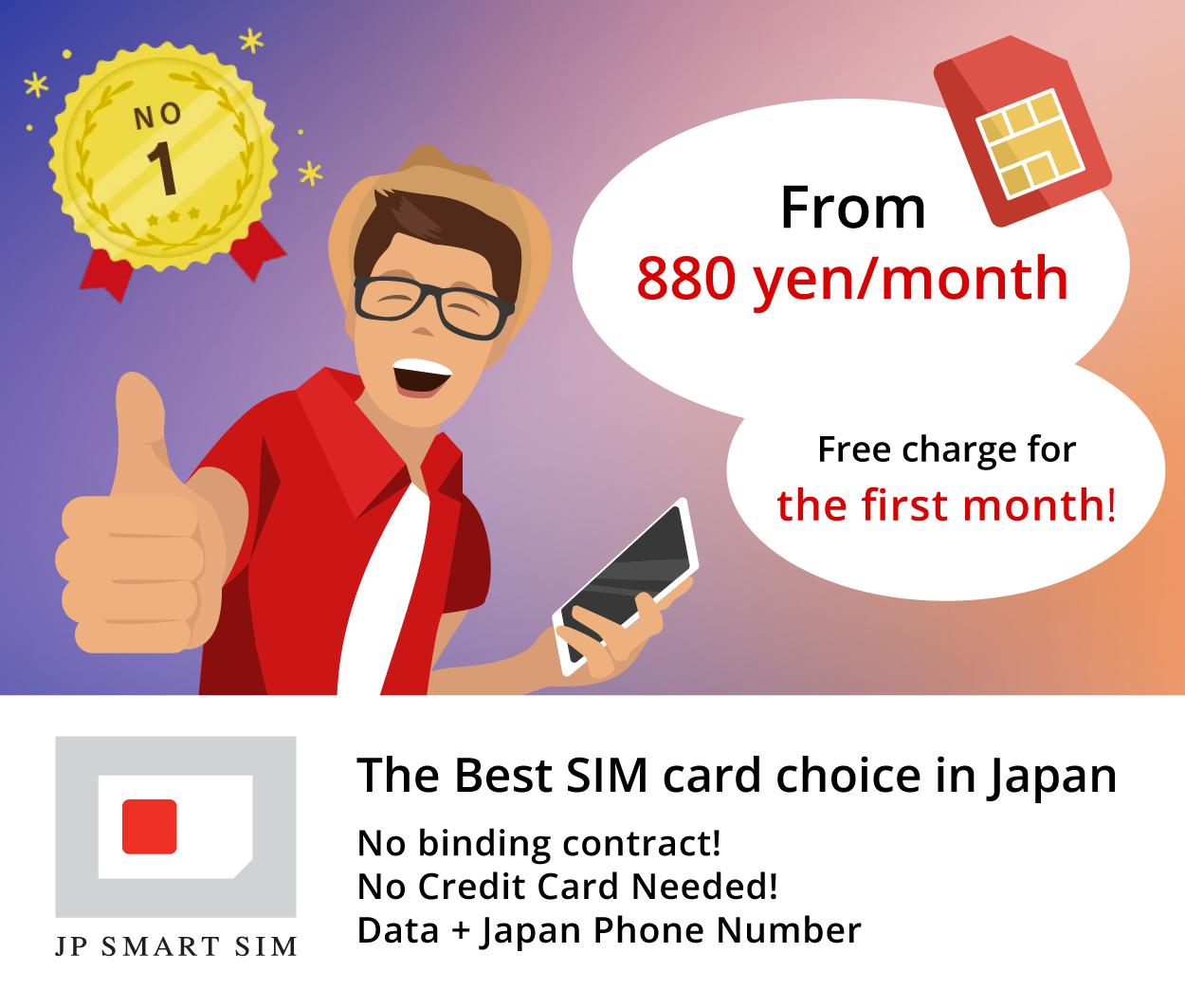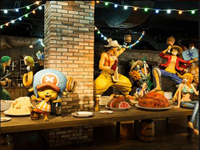Wajima


(Source: pixta)
Wajima asaichi
The most famous sightseeing spot in Wajima-shi is "Wajima asaichi," a morning market with more than 1,000 years of history. This is one of the best three morning markets in Japan and there are around 200 stores opening from 8 am. You will hear elder female sellers promote in Kanazawa dialect. This market is characterized by the wide variety of fresh food like seafood and craftwork to variety goods.

(Source: pixta)
Shiroyone Senmaida
This is a large farmland where small rice fields looks like shelves in Shiroyone-cho, Wajima-shi. It receives attentions because it's Tanada in Noto's Satoyama and Satoumi designated as GIAHS (Globally Important Agricultural Heritage Systems). Rice cultivation here is operated on traditional Japanese farming methods and you can't miss the spacious scenic beauty of Tanada, known as "traditional Japanese landscape".

(Source: pixta)
Wajima Kiriko Art Museum
This is a museum which exhibits "Kiriko," a big lantern carried in a traditional festival "Kiriko festival" in this area. A lot of beautiful "Kiriko" in different sizes and designs are fantastically displayed. The largest one is around 18 m height and its weight is 2 t. The observation lobby on the 3rd floor is a spot to see the panoramic scenic beauty of Wajima port and the Sea of Japan.

(Source: pixta)
Wajima kobo nagaya
Wajima Kobo Nagaya is a facility to learn about traditional craftwork in Hokuriku "Wajima nuri." You can observe lined factories of Wajima nuri craftworkers and its procedure through windows or experience the painting method of Wajima nuri. Making my chopsticks (Fee: 1,500 yen), a course to make your own chopsticks is popular.

(Source: pixta)

(Source: pixta)
Wajima asaichi
The most famous sightseeing spot in Wajima-shi is "Wajima asaichi," a morning market with more than 1,000 years of history. This is one of the best three morning markets in Japan and there are around 200 stores opening from 8 am. You will hear elder female sellers promote in Kanazawa dialect. This market is characterized by the wide variety of fresh food like seafood and craftwork to variety goods.

(Source: pixta)
Shiroyone Senmaida
This is a large farmland where small rice fields looks like shelves in Shiroyone-cho, Wajima-shi. It receives attentions because it's Tanada in Noto's Satoyama and Satoumi designated as GIAHS (Globally Important Agricultural Heritage Systems). Rice cultivation here is operated on traditional Japanese farming methods and you can't miss the spacious scenic beauty of Tanada, known as "traditional Japanese landscape".

(Source: pixta)
Wajima Kiriko Art Museum
This is a museum which exhibits "Kiriko," a big lantern carried in a traditional festival "Kiriko festival" in this area. A lot of beautiful "Kiriko" in different sizes and designs are fantastically displayed. The largest one is around 18 m height and its weight is 2 t. The observation lobby on the 3rd floor is a spot to see the panoramic scenic beauty of Wajima port and the Sea of Japan.

(Source: pixta)
Wajima kobo nagaya
Wajima Kobo Nagaya is a facility to learn about traditional craftwork in Hokuriku "Wajima nuri." You can observe lined factories of Wajima nuri craftworkers and its procedure through windows or experience the painting method of Wajima nuri. Making my chopsticks (Fee: 1,500 yen), a course to make your own chopsticks is popular.

(Source: pixta)






